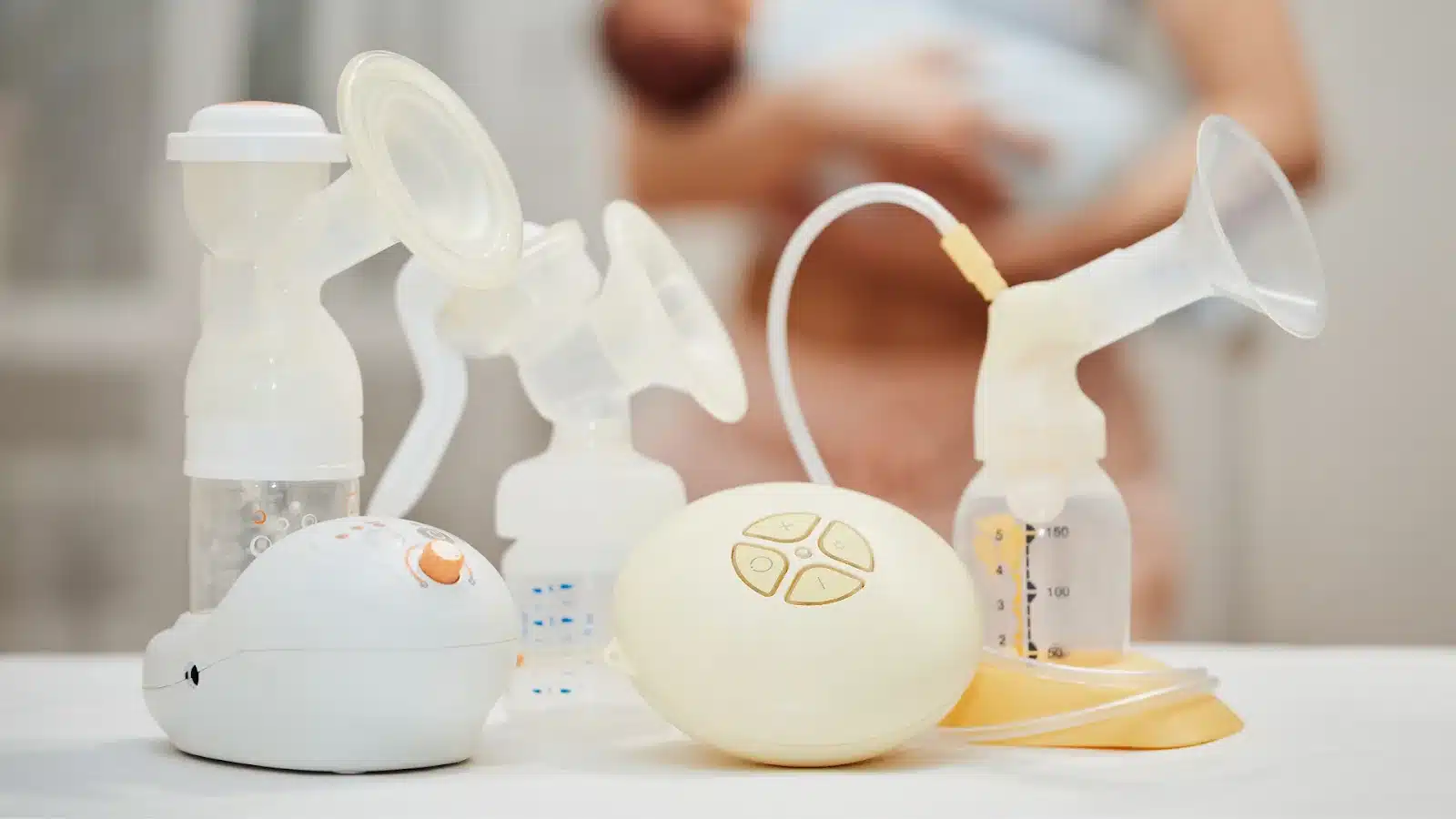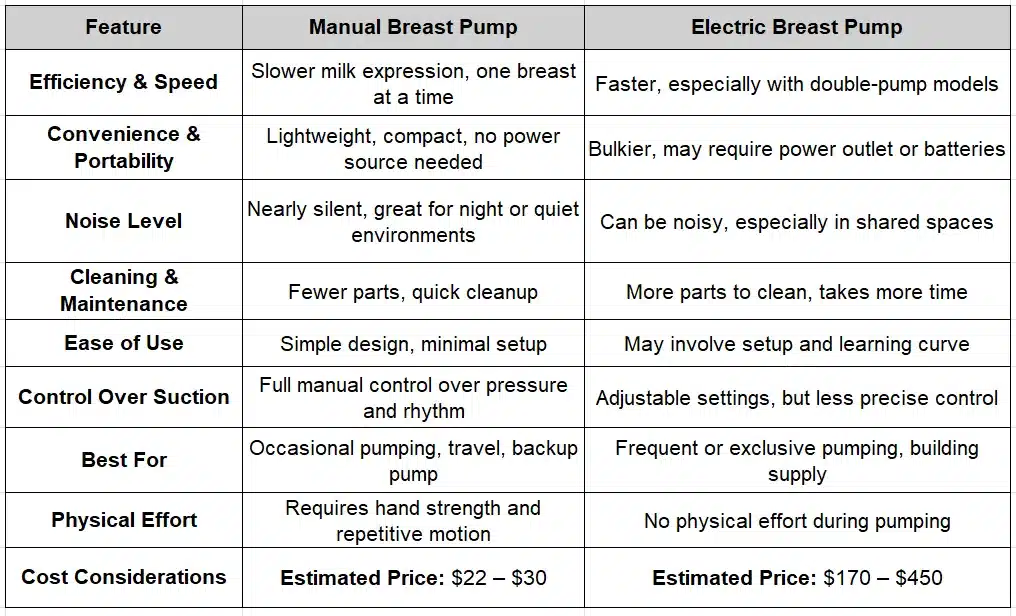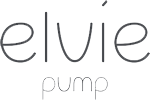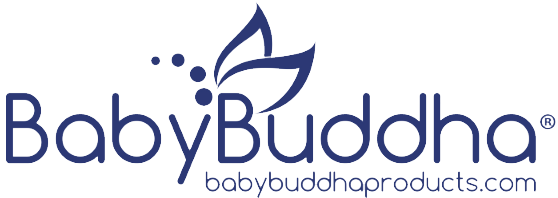Manual vs Electric Breast Pump: Choosing the Best Option

Welcoming a new baby into your life is a beautiful and transformative experience. Your routines shift, your priorities evolve, and your body continues to recover and adjust long after delivery. Feeding your baby, whether through nursing, pumping, or both, becomes a deeply personal part of that transition.
For many moms, pumping isn’t just about milk. It’s about showing up for your baby again and again, even on the days when you’re exhausted, overwhelmed, or unsure. And when it comes to choosing the right breast pump, the decision can feel anything but simple.
In this guide, we’ll walk through just that: what manual and electric breast pumps are, how they differ, and how to choose the one that best fits your needs, your lifestyle, and your comfort.
Key Takeaways
- Manual pumps are best for occasional use, travel, or quick relief. They’re quiet, light, and easy to control.
- Electric pumps are ideal for regular pumping; they’re faster, hands-free (in some models), and offer adjustable suction.
- Consider key factors like suction comfort, portability, noise level, budget, and insurance coverage.
- Explore the top manual and electric breast pumps available, like the Medela Harmony Manual Breast Pump and, Momcozy S12 Pro.
- Get help with services like Insurance Covered Breast Pumps to simplify the process and reduce costs.
What Is a Manual Breast Pump?
A manual breast pump is a hand-operated tool that allows you to express milk by physically squeezing a handle or applying suction. Unlike electric pumps, it doesn’t require batteries or electricity, just your rhythm and control.
When is a manual pump most helpful?
- For occasional pumping, especially in the early weeks
- When traveling or pumping on the go
- If you’re managing mild engorgement or need a quick relief session
- When you want a quiet and discreet option that fits easily into a diaper bag
What Is an Electric Breast Pump?
An electric breast pump uses a motor to create suction, drawing out milk automatically without needing you to squeeze or pump by hand. It can be powered through a wall plug or battery, depending on the model.
Why do many moms choose electric pumps?
- Ideal for frequent or exclusive pumping
- Offers consistent suction, which can help build or maintain milk supply
- Saves time, especially with double-pump models that express milk from both breasts at once
- Comes with adjustable suction levels and let-down settings for comfort and efficiency
Comparing Use: Manual vs Electric Breast Pump
The table below will help you quickly compare key differences so you can choose what truly fits your daily rhythm and comfort.

Making Pumping Feel Gentler and More Comfortable

You’ve carved out a few quiet minutes while your baby naps. The dishes can wait, your phone’s on silent, and you finally have a moment to sit down and pump. But as you begin, you notice your shoulders tensing, your back curving, and your mind racing.
Comfort matters. And in the postpartum season, when your body is still healing and your emotions are riding high, the way a pump fits into your routine can either support or strain you.
Here’s how you can tune into comfort, not just efficiency, when choosing between manual and electric breast pumps:
- Manual control may soothe tender nipples: Being able to adjust suction in real-time allows you to ease into pumping gently, especially during those first few sensitive weeks.
- Electric pumps reduce physical effort: For moms recovering from labor, dealing with fatigue, or experiencing wrist or hand pain, electric pumps minimize manual strain and let you relax during sessions.
- Let-down modes align with your body’s rhythm: Some electric pumps offer stimulation phases that mimic baby’s natural sucking, helping your body release milk more naturally and comfortably.
- Wearable or hands-free designs protect posture: Slouching over a pump can strain healing bodies. Hands-free or wearable options support better alignment, especially helpful after C-sections or with pelvic soreness.
- Sound sensitivity can influence relaxation: Manual pumps are silent, which can feel less overwhelming in overstimulating environments, ideal for nighttime use or if you’re already feeling touched out.
- Proper flange sizing reduces friction and pain: Both pump types benefit from correct flange fits. Ill-fitting flanges can cause nipple trauma, blockages, or overall discomfort, so sizing matters more than many realize.
- Pumping while holding baby can be calming: Wearable or manual pumps make it easier to pump during skin-to-skin time, which boosts oxytocin and may support both bonding and milk flow.
Gentle Tip: It’s also perfectly fine to ask for guidance. Speaking with a lactation consultant can help you feel more confident in your choice.
Top Manual and Electric Breast Pumps to Explore

Choosing the right pump can feel like a big decision, especially with so many options out there. We’ve curated a helpful list of trusted manual and electric breast pumps to help you compare based on comfort, convenience, and your lifestyle, not just features.
Manual Breast Pumps
1. Medela Harmony Manual Breast Pump
A reliable, hand-powered pump from a trusted brand. Ideal for occasional use or as a backup while traveling.
Key Features:
- Lightweight and compact design
- Ergonomic swivel handle for comfort
- 2-phase expression technology
- Simple to assemble and clean
How It Helps: Gives you full control over suction and pace, which is helpful when you’re trying to manage let-downs or minimize discomfort.
Estimated Price: $25 – $30
2. Lansinoh Manual Breast Pump
Thoughtfully designed for comfort, with a soft handle and flange options to make pumping feel more natural.
Key Features:
- Two flanges included for better fit
- Dual-mode pumping (stimulation and expression)
- Easy-grip ergonomic handle
- Dishwasher-safe parts
How It Helps: Supports gentle pumping with minimal hand strain. Moms love it for quiet, short sessions at home or on the go.
Estimated Price: $25
3. Haakaa Silicone Breast Pump
A simple, one-piece silicone pump that uses natural suction. Great for passive milk collection, no effort needed.
Key Features:
- Soft, BPA-free silicone
- Hands-free suction design
- No cords, batteries, or assembly
- Easy to clean and sterilize
How It Helps: Collects milk effortlessly, especially while nursing. Many moms use it to catch let-down or relieve engorgement.
Estimated Price: $20.99
Electric Breast Pumps
1. Spectra S1/S2 Plus
Hospital-grade power with ultra-quiet performance. Ideal for regular or exclusive pumpers.
Key Features:
- Adjustable suction and cycle speeds
- Closed system for better hygiene
- Nightlight and timer built in
- Rechargeable (S1) or plug-in (S2)
How It Helps: Customizable for comfort and supply-building. Many moms find it’s gentle enough for frequent sessions.
Estimated Price: S2: $172 – S1: $216
2. Momcozy S12 Pro
A popular wearable pump that’s discreet, efficient, and ideal for multitasking moms.
Key Features:
- Cord-free and hands-free
- Leak-proof and spill-resistant
- Multiple suction levels
- USB rechargeable
How It Helps: Gives you the flexibility to pump while moving, working, or resting, without feeling tethered.
Estimated Price: $140
3. Elvie Electric Pump
It’s sleek, wearable, and whisper-quiet. Elvie pumps are made for moms who want comfort, privacy, and high-tech features.
Key Features:
- Fits inside your bra, no tubes or wires
- App tracks milk volume and pumping history
- Nearly silent motor
- Rechargeable and travel-friendly
How It Helps: Ideal for moms returning to work or pumping on the go. Keeps your routine private and hands-free.
Estimated Price: $224(single) – $412(double)
How to Choose the Right Breast Pump for You

Every mom’s routine, comfort, and needs are different, and your breast pump should match that. Whether you’re nursing full-time, going back to work, or planning for flexibility, the points below will help you choose a pump that truly supports you.
Here’s a quick breakdown to help you decide:
- How often will you be pumping?
- Pumping multiple times a day? Choose an electric pump to save time and reduce physical effort.
- Only pumping occasionally or for backup supply? A manual pump is likely enough.
- What’s your budget, and does your insurance cover a pump?
- Manual pumps usually cost less upfront.
- Electric pumps are more expensive but often covered by insurance. Platforms like Insurance Covered Breast Pumps can help verify coverage.
- Do you need something portable?
- If you’ll be pumping at work, while traveling, or away from home often, consider a wearable or battery-powered pump.
- If you’ll mostly pump at home, a plug-in electric or manual pump may be all you need.
- What level of comfort do you need?
- Look for pumps with adjustable suction levels, varied flange sizes, and soft silicone shields, especially helpful if you’re recovering or sensitive.
- How important is quiet pumping?
- Manual pumps are almost silent.
- Electric pumps vary in sound, go for quieter models if you’ll be pumping at night or in shared spaces.
- How much time can you spend on cleaning?
- Manual pumps have fewer parts and take less time to clean.
- Electric pumps often have more parts, which means more cleaning and assembly effort.
Still unsure and looking for reassurance? Up next, we’ll explore how real stories from other moms can offer the clarity and comfort you need when deciding between manual and electric breast pumps.
What Other Moms Are Saying: Real Feedback That Builds Trust
Below are authentic insights from moms, echoed across trusted sources. These real voices bring practical wisdom and emotional reassurance to the decision-making process.
Some moms find that Lansinoh’s electric pump fits seamlessly into a busy workday. With adjustable suction levels and dual-phase settings, it offers a more natural pumping rhythm, Something many working mothers appreciate when time is limited. The option to power it with either batteries or a plug adds a layer of flexibility that’s often described as a game-changer, especially for those navigating unpredictable work schedules or limited access to outlets.
Some moms find that using both an electric and a manual pump makes all the difference. The Spectra S1 is often praised for being fast, efficient, and simple to adjust, ideal for regular pumping at work. But for quick sessions on the go or quieter moments away from home, many turn to the Medela Harmony manual pump. Its compact size, quiet operation, and ease of use make it a convenient backup. Having both options can help create a more flexible and manageable pumping routine.
Take the Pressure Off: Explore Manual and Electric Pump Options Through Insurance
Looking for a breast pump, whether manual or electric, can feel like a big decision. Figuring out if your insurance covers it shouldn’t add more stress.
With Insurance Covered Breast Pumps, it’s easy to see which pumps you’re eligible for. Just answer a few quick questions to find out if trusted options like the Momcozy S12 Pro or Medela Harmony are available under your plan.
Whether you need something portable and quiet or powerful and hands-free, you don’t have to figure it out alone. There’s no complicated paperwork and no surprise costs, just a simple way to get the support you need.
Final Thoughts
Even if you choose a manual pump or go with an electric one, what really matters is finding something that fits into your life and feels good to use.
Manual pumps can be simple, quiet, and easy to carry around. Electric pumps can save time and help when you’re pumping more often. The best pump is the one that fits into your routine, feels comfortable, and helps you care for yourself while feeding your baby.
Still deciding between manual and electric? Let your insurance help you try the option that fits best, without added stress. Check your eligibility at Insurance Covered Breast Pumps and discover gentle support that shows up when you need it most.
Whatever you choose, know this: you’re doing an amazing job!
FAQs
-
Is one type of pump better for increasing milk supply?
Electric pumps may be more effective for building and maintaining supply due to consistent suction. But manual pumps can still support supply when used frequently and effectively.
-
Can I use both a manual and an electric pump?
Yes. Many moms find it helpful to keep both, a manual for on-the-go or emergencies, and an electric for regular sessions at home.
-
Are manual pumps harder to use?
Manual pumps require hand effort, which can be tiring for long sessions. But they’re usually simple, quiet, and easy to control, especially for short or occasional use.
-
Which pump is more discreet in public or at work?
Manual pumps are quieter, but wearable electric pumps offer hands-free convenience and can be used more discreetly under clothing.
-
Does insurance cover manual or electric pumps?
Most insurance plans cover electric pumps, including many wearable options. Manual pumps are usually inexpensive, but may also be included, so worth checking your plan.
-
What if pumping is uncomfortable or painful?
Discomfort often comes from incorrect flange size or suction settings. Look for pumps with adjustable suction and consult a lactation consultant for support.










